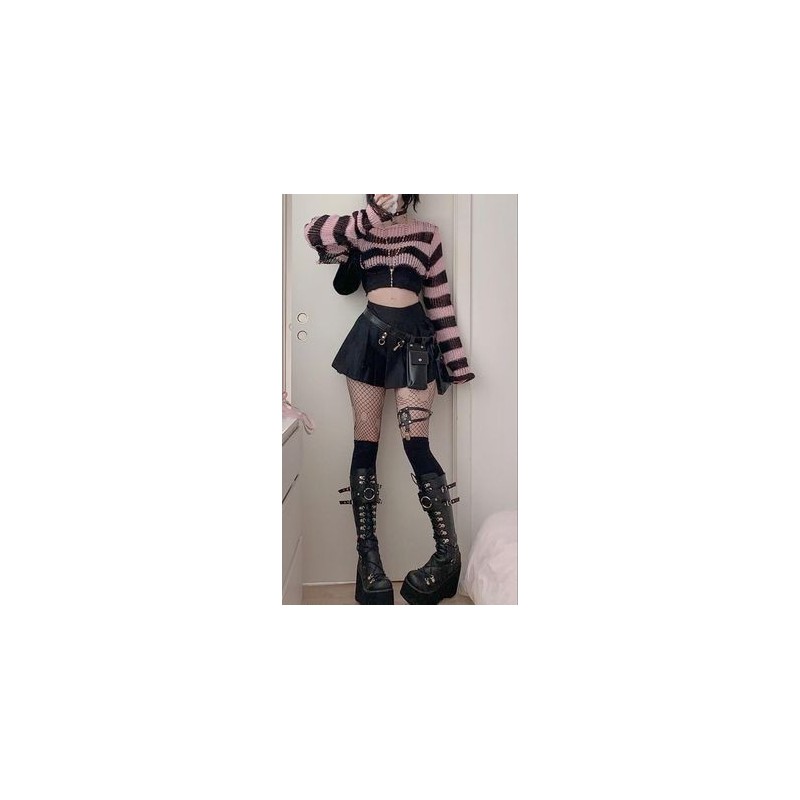









Goth, far beyond a simple dark aesthetic, is a rich and complex cultural movement that has profoundly marked the world of fashion. Far from being limited to a single style, Goth is expressed in a multitude of subcultures, each bringing its own unique vision and influence.
 Garanties sécurité
Garanties sécurité
(à modifier dans le module "Réassurance")
 Politique de livraison
Politique de livraison
(à modifier dans le module "Réassurance")
 Politique retours
Politique retours
(à modifier dans le module "Réassurance")
Gothic, far more than just a dark aesthetic, is a rich and complex cultural movement that has profoundly marked the world of fashion. Far from being limited to a single style, Gothic culture branches out into a multitude of subcultures, each bringing its own vision and influencing current trends.
The Different Facets of Gothic
The Influence of Gothic on Fashion
Gothic has had a considerable influence on the world of fashion. Designers regularly draw inspiration from this dark and romantic aesthetic for their collections. Fashion shows are thus punctuated by Gothic references, ranging from materials to cuts and accessories.
Models and celebrities have also contributed to popularizing the Gothic style. Many personalities have adopted looks inspired by this culture, helping to democratize it and make it more accessible.






Social Media and the Influence of Content Creators
Social media has played a key role in spreading Gothic and its various subcultures. Content creators, YouTubers, and Gothic influencers share their looks, inspirations, and style tips with a community of enthusiasts. They thus create trends and influence consumption patterns.
The Reality of Gothic Subcultures
It is important to note that Gothic subcultures are much more than just a matter of clothing style. They represent a lifestyle, a philosophy, and a belonging to a community. People who identify with these subcultures often seek a form of self-expression, an alternative to social norms, and a sense of belonging to a group.





In conclusion
Gothic is a rich and complex cultural movement that continues to influence contemporary fashion. The different Gothic subcultures offer a multitude of possibilities for expression and creativity. By drawing inspiration from this dark and romantic aesthetic, designers, models, and influencers contribute to making the fashion world ever more diverse.